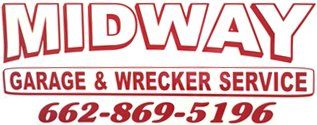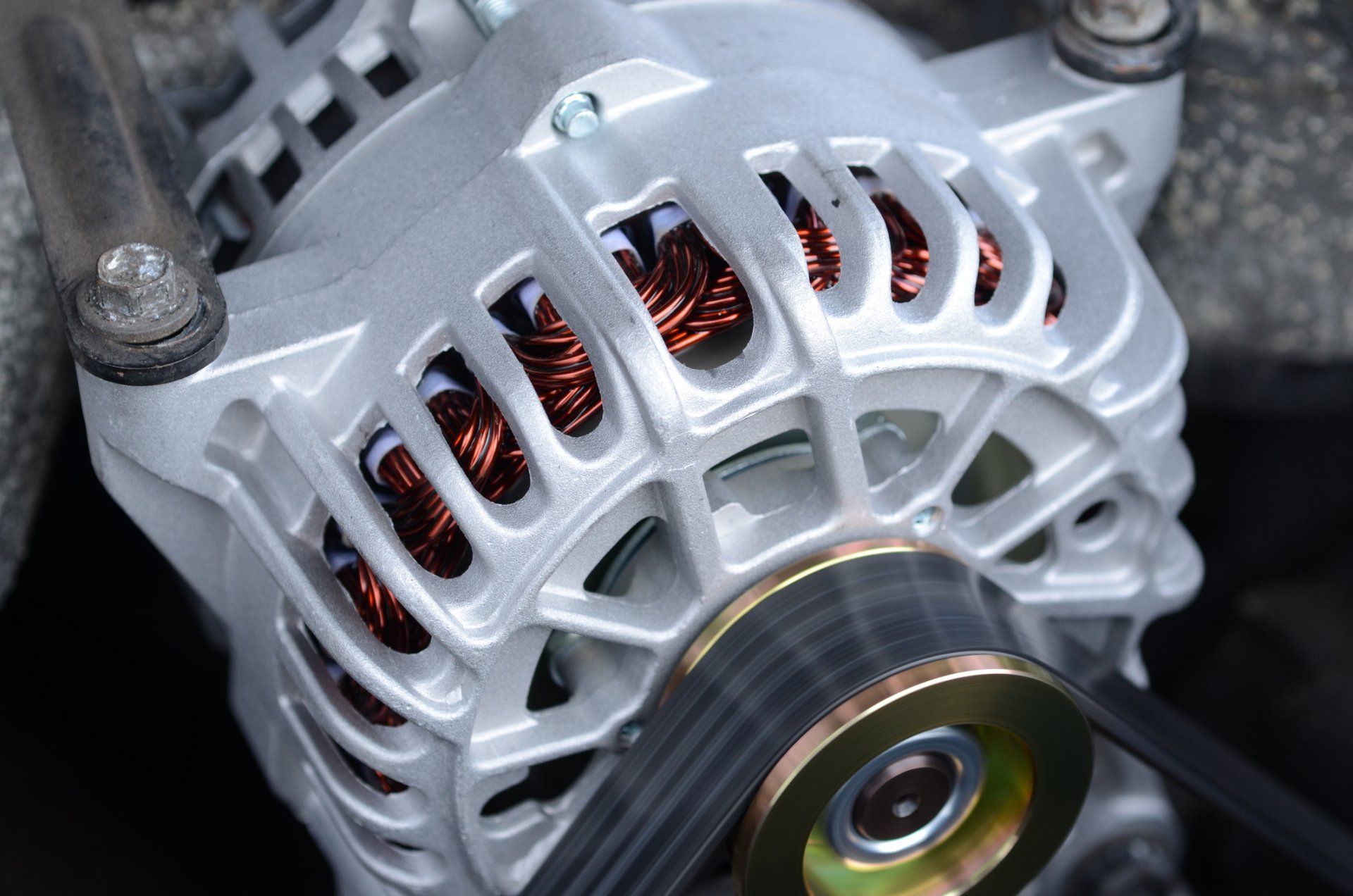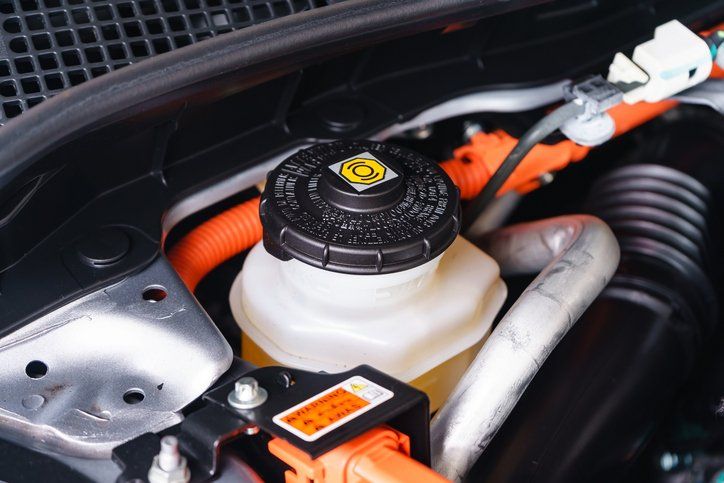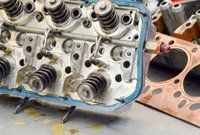
If your vehicle has a damaged part and you need a cost-effective replacement, a salvage yard can be an excellent place to look. Junked cars still have useful components that can function on your vehicle, and they're likely to be substantially more affordable than ordering replacements from a dealer.
In fact, in some cases, the part you need may not even be available from the original manufacturer. For older vehicles, your only option may be to dig deep into a salvage yard, but doing so without a plan can be a difficult task. A full yard of junked cars is likely to be a large maze of twisted metal that you need preparation to handle.
Below, you'll find a guide to some tips that should help you navigate a salvage yard. Following these suggestions should help guarantee that you get the parts you need without wasting your time. You should be able to have a positive experience that gives you the confidence to head back to the yard in the future.
Bring Your Tools
Picking up car parts at a salvage yard is a very different process from picking them up at an auto-parts store. Not only are the parts going to be well-worn and clearly used, but they're also likely to still be attached to a vehicle. You will have to remove them yourself before you can complete your purchase.
Bringing a full set of tools with you can guarantee that you're not stuck with the frustrating experience of finding what you need and being unable to get to it. This should also include proper safety equipment, such as gloves and eye protection, because you may be working in areas with sharp metal or some built-up corrosion that present hazards.
Document Your Broken Part
Finding a needle in a haystack is a difficult proposition, but it might be impossible if you don't know what the needle looks like. Many people make the mistake of trying to remember details about the part they need without writing those details down or otherwise recording them, and they then have uncertainty when it comes time to leave with their bounty.
Make sure that you write down all relevant information about both the part you need and the vehicle it comes from. You should also take a picture of the part; that will allow you to make a direct comparison to your salvage-yard find.
In some cases, you may even be able to bring the damaged part with you. This might be the best possible solution for finding a replacement, as making a direct comparison should guarantee that there's no confusion or uncertainty.
Bring a Team
One of the most daunting aspects of a salvage yard
can be its sheer size. Unless you have a whole day to spend at the yard, you might quickly find yourself frustrated by the seemingly endless rows of junked vehicles that may or may not be hiding the part you need.
The best way to tackle that challenge is to come prepared with a support team so you can go through the yard relatively quickly. By bringing friends or family along, you can divide the yard into search grids and split up. In these cases, make sure every person has their own set of tools and all of the necessary part information.
Midway Garage & Salvage LLC can help you navigate this process and leave as a satisfied customer with the parts you need. Checking out our inventory can help guarantee that you can get your vehicle back in tip-top shape as quickly and affordably as possible.


















